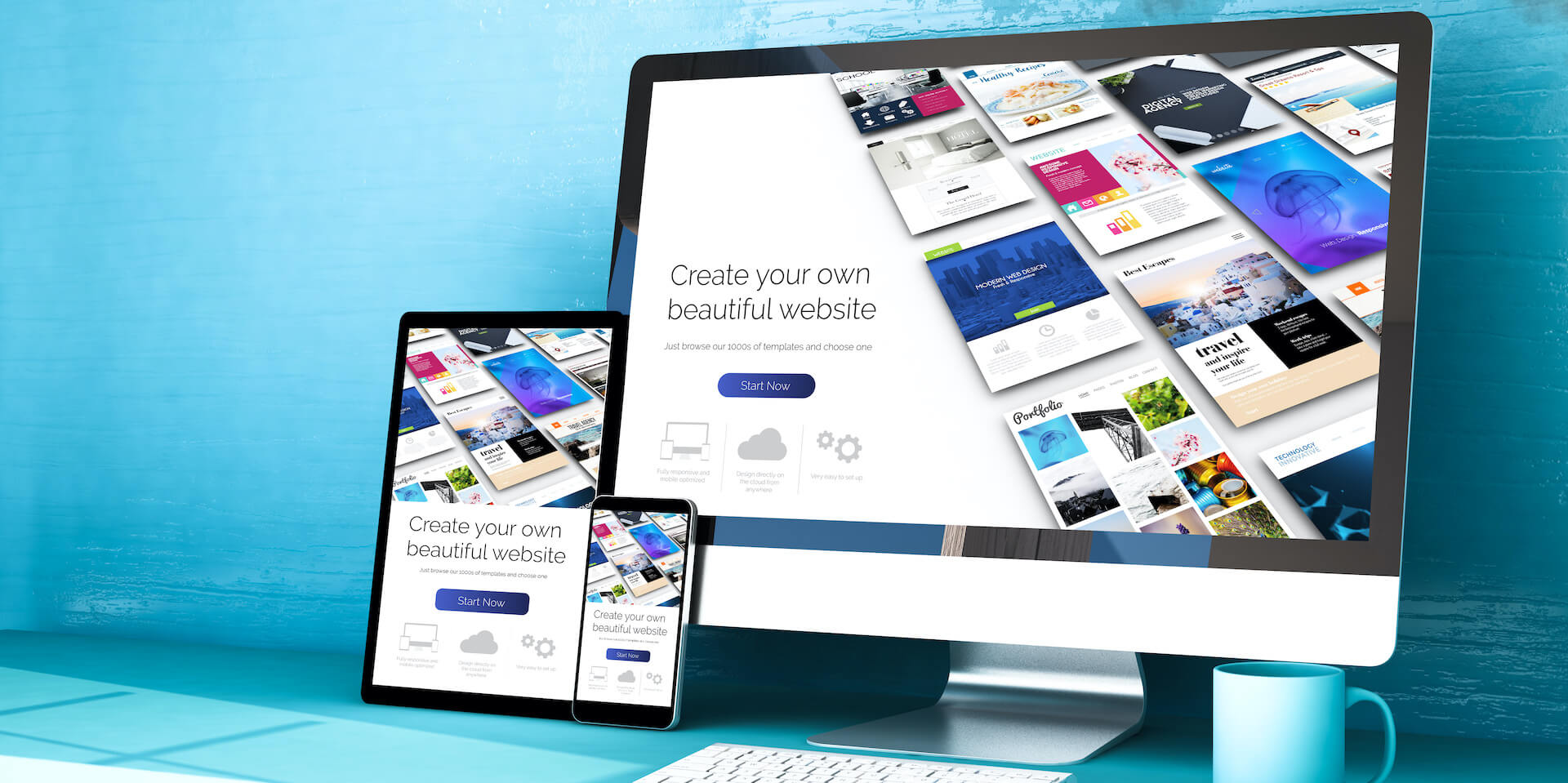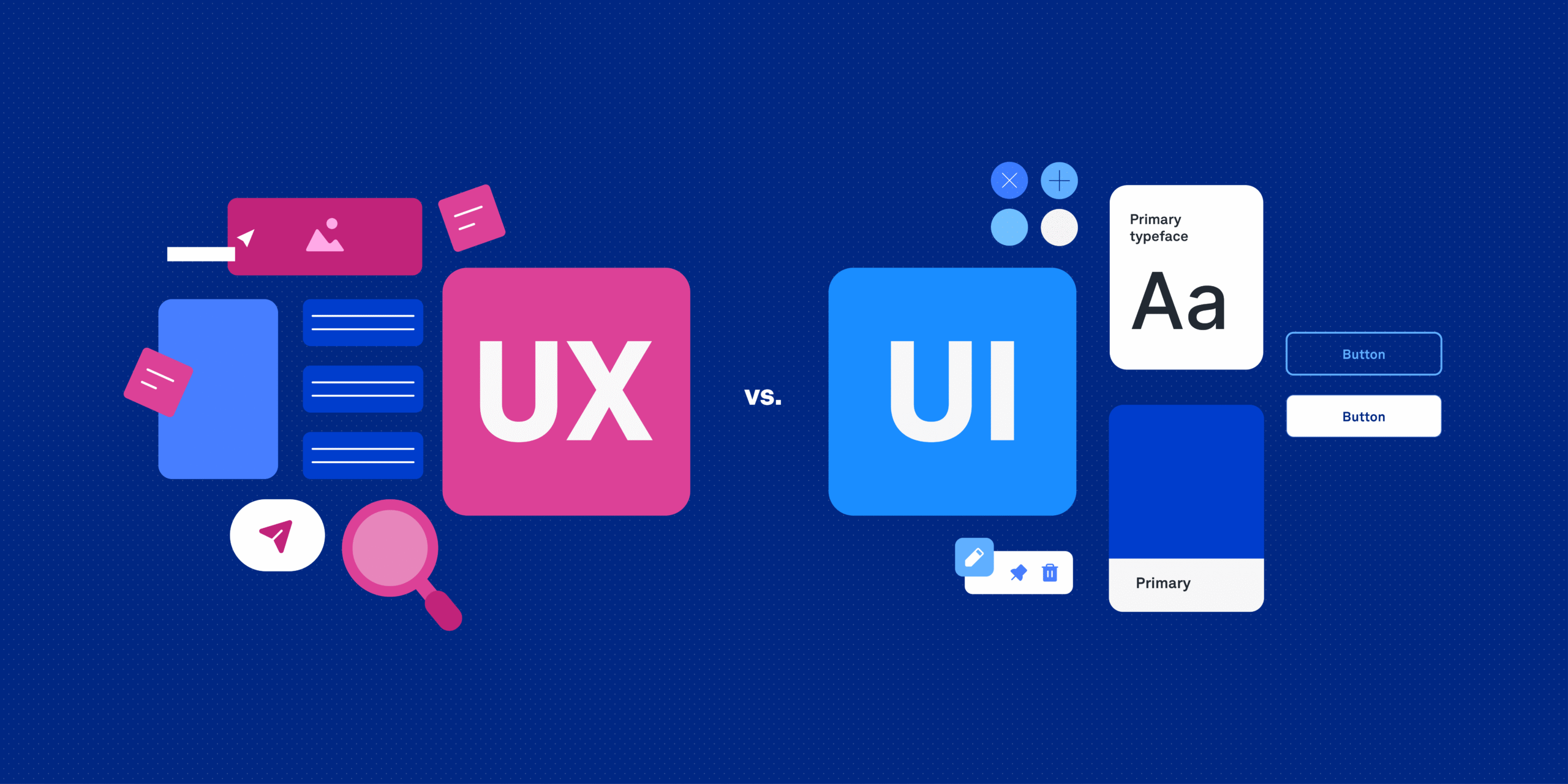Understanding the Client’s Needs
The first step in any web design project is listening carefully to the client. What are their goals? Who is their target audience? How do they envision the final design? Sometimes, clients provide unclear or conflicting information. It’s essential to clarify everything at the start to avoid unnecessary revisions later.
Content Analysis
Once the client shares the content—text, images, videos, and other materials—we can begin to shape the structure of the site. Designers must ensure the layout supports the type and quality of content. For example, building a site around full-screen imagery won’t work if the client only provides low-resolution photos.
Market Analysis
Researching the client’s industry and competitors helps define the right visual and functional tone. Should the website align with current trends, stand out completely, or strike a balance? A bold black background might make a dental site unique, but it may not align with user expectations or trust factors.
Logo as a Design Foundation
A strong logo is central to a brand’s identity. If the client provides a logo, it should guide the web design—colors, fonts, visual motifs, etc. If the logo feels outdated or misaligned with the brand message, suggest a redesign. The ideal scenario is when the web designer can help create the brand from the ground up, including the logo.
Defining a Visual Language
Next comes choosing the visual elements: typography, icon style, color palette, and other design elements that ensure consistency throughout the site. This step creates a cohesive identity that supports both branding and usability.
Structuring Content and Hierarchy
Effective web design considers how content is organized and prioritized. What does the user see first? What should draw attention next? Clear information architecture and proper use of heading tags (H1, H2, H3…) not only help users navigate the site but also support SEO goals.
Balancing Aesthetics and Functionality
A beautiful site that performs poorly isn’t effective—and vice versa. Designers must avoid sacrificing functionality (like mobile responsiveness or SEO performance) for style. For instance, while parallax scrolling can look impressive, it may negatively affect search rankings or mobile usability.
These are the key stages we follow when creating tailored web designs at La Teva Web. We hope this breakdown has been useful. You’re welcome to browse our portfolio to see how we bring these principles to life.





